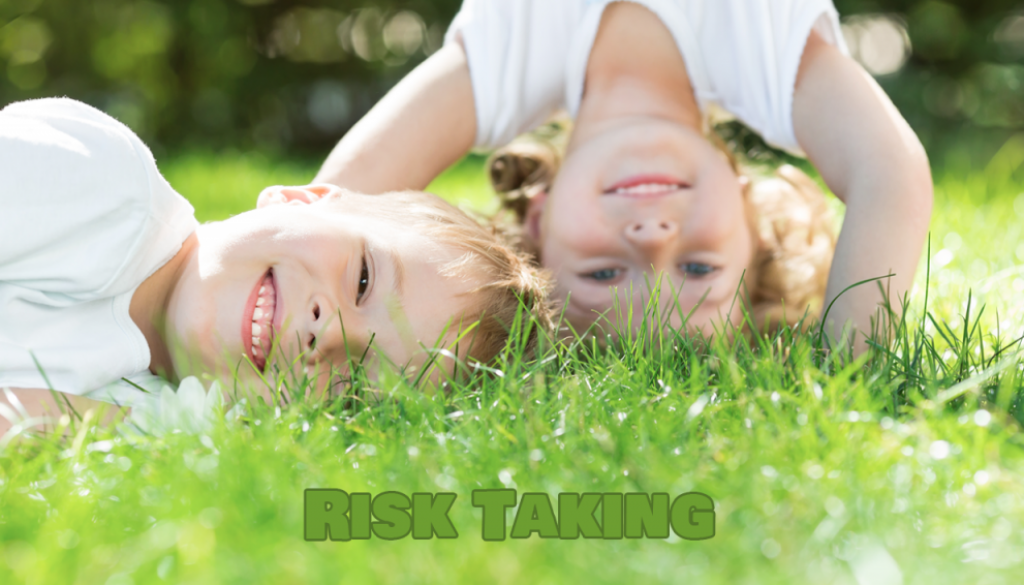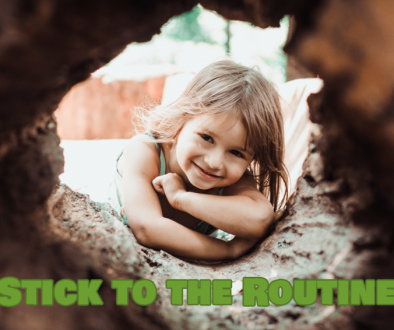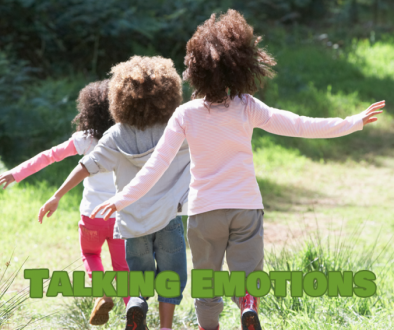Surviving Lockdown #4
Risk Taking and Risky Play
To watch the accompanying information video go here
Challenges and risk taking are important for children to develop physically, socially, and even cognitively; though the outdoors offers many opportunities for this, risk taking can take place anywhere that a child needs to push themselves or try something new. Children will be more willing to take risks and attempt new challenges if they feel they are supported by the adults who care for them and are in a safe and secure environment. They also need to learn about being safe, as well as respecting the environment and people around them.
Why is Risk Taking important?
- Children develop physically, cognitively and emotionally through risk taking.
- Risk taking in a controlled environment will help children to make better decisions when they are not within the safety of their home, a school or an early years setting.
- If children are not exposed to risk taking in a safe environment they are exposed to another kind of danger, they may never learn to assess risk and their own ability. Some children may become timid, never taking valuable risk, whereas others may make foolhardy decisions, potentially coming to harm.
- Risk taking not only helps children to grow and develop but also encourages children to be creative, develop their social skills as well as playing a part in the development of resilience. If a child learns to take chances, fail and try again they will learn to face many challenges and barriers in their lives with a positive outlook.
What is Risky Play
According to Norwegian research (Hansen Sandseter, 2007):
HEIGHTS
Play with heights where children can be at risk of falling and possibly hurting themselves.
SPEED
Play with high speed where children can lose control which may lead to them colliding with others or into other objects.
TOOLS
Play with harmful tools where if children are not taught safety they can be harmed by them.
ELEMENTS
Play near dangerous elements where there may be a possibility of injury from the elements or they may fall into, such as a river.
ROUGH AND TUMBLE
Rough and tumble play where children can be harmed by each other.
DISAPPEAR/GET LOST
Play where children can disappear/get lost and possibly come to harm due to lack of adult supervision and care.
| Benefit | vs | Risk |
| acceptable (good) risk taking | unacceptable (bad) risk taking | |
| ||
Weighing up the balance between risk and benefits
- Develop your knowledge and confidence to provide positive risk taking as this involves a level of personal, yet informed, judgement
- Learn how best to communicate with children when they are challenging themselves, i.e. do you ask children questions rather than tell them to do something, do you provide a safe, secure environment to encourage children to push themselves
- Do you know when to communicate with children and when to allow them to concentrate on the task at hand?
Risk and additional needs
It is even more important that children with disabilities are provided the opportunity to take risks. They may not have the freedom and be able to make as many choices as able-body children and often have many things done for them in everyday life due to safety or easy for their parents or carers.
Children with physical disabilities are not always able to seek out their own challenges so it is important to enable them to do so, e.g. take them to the climbing equipment. They might only be able to pull themselves up one rung, however the sense of achievement could be the same, if not greater, as the able-body child who reached the top!
Bad Risks and Hazards
Bad risks and hazards are those that are difficult or impossible for children to assess for themselves, and that have no obvious benefits. Examples of bad risks are sharp edges on equipment, structures that are weak and objects that can trap children’s fingers, heads or other body parts.
Assessing the Risk-Benefit Balance
Risk assessment evidences that you have identified and eliminated unacceptable risk to children and allowed for acceptable risk as opposed to eliminating all risk.
According to the Managing risk in play Provision Play Safety Forum statement, there are 3 factors central to determining whether or not the risk is acceptable:
- The likelihood of coming to harm
- The severity of that harm
- The benefits, rewards or outcomes of the activity.
When considering the safety of an environment, always consider legal requirements as well as acceptable risks. Consider where the risks will be and then what measures you can put in place to minimise the risks, such as falls from climbing equipment are possible, however the possibility of coming to harm will be reduced if hazards such as windows and sharp objects are nowhere near the equipment, as well as if you discuss what children are doing with them.
Equipment
Climbing Equipment/Trees
- Do not touch children when they are climbing, if they cannot climb unaided then they should not climb higher. This will allow them to climb as high as they are capable and can prevent them from getting stuck or being unsafe. Children are more likely to fall when being held by an adult than if they are climbing on their own.
- Find a balance between leaving children to get on with the task unaided and providing verbal or physical support.
- Ask children questions about how they feel they are progressing rather than telling them how they are doing. This develops self-regulation and confidence in their own ability.
- Allow them to concentrate, avoiding speaking to them unnecessarily (telling them to be careful or watch what they are doing will distract them and could lead to them falling or hurting themselves).
- Give children the opportunity to make their own low climbing structures (from wood, tyres, blocks, small tables, etc.). Discuss safety with them.
- When children are attempting to climb structures they are slightly unsteady, ask them to think about whether they are safe and what they could do to make it safer or easier to climb.
Real World Tools
Let children use real china, building tools, sewing kits and knives for cooking. It is important to learn to trust them and if you teach them about safety, there will be a small risk of breakage and accidents. Put into place safety measures such as at first let children use the china over carpeted areas, role model as to how to safely carry china with 2 hands, give them blunt knives and ask them to cut easy foods such as bananas. Be sure to be relaxed about any breakages and accidents.
Using real world tools are very beneficial for children, supporting:
- The development of muscles in hands and arms as well as better control over these muscles.
- Fine motor development when holding a nail to be hammered in and it doesn’t take long for them to learn to keep their fingers out of the way of the hammer.
- Better hand-eye coordination.
- Them to learn about the difference in force when using these tools, rather than always using plastic tools.
- Confidence in themselves as they are trusted to use the same implements as adults. If children are not given real world tools and objects to use they will be aware that they are using different implements to adults. Allowing them to use real world tools that are used by adults instils a great sense of confidence.
- Independence and self-discipline. The more opportunities they are given to use real world tools and learn about safe handling of them will lead to them being trusted with more fragile and “dangerous” objects, leading to faster develop of gross and fine motor skills.
Building and Construction
- Place a selection of equipment and recycled objects in the outdoor area that allows children to build their own structures and also encourage the use of natural material (rocks, wood, etc.) for building.
- Allow them to complete as much as they can without your assistance; do be on hand to guide when it appears it has become too challenging or if you feel the risk of harm is high (bad risk).
- Teach them to be safe by asking questions about the safety of the structure they are about to climb or the object they have built.
Teachable Moments through Risk Taking
When children are experimenting, being creative and taking risks, adults will often find they are presented with great opportunities to support the development of the child’s thinking and problem-solving skills if they work with the child rather than just instructing them as to what they should do.




